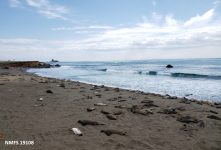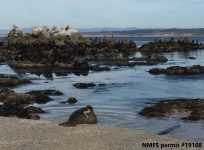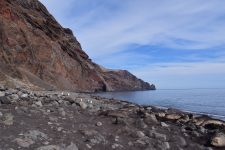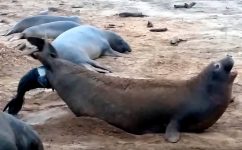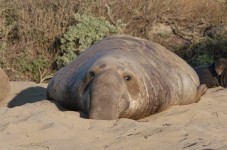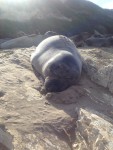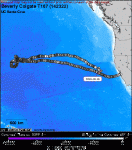Citizen Scientists Find my Seal!

Back in August, we started the story of Toby and Xena (link), two juvenile elephant seals that are part of my graduate research investigating how marine mammals thermoregulate while diving. I don’t know if researchers are allowed to have favorites, but Toby definitely had me and my team feeling grateful for such a cooperative seal, which made the translocation part of our fieldwork a breeze. The only thing I can say that was slightly more…
